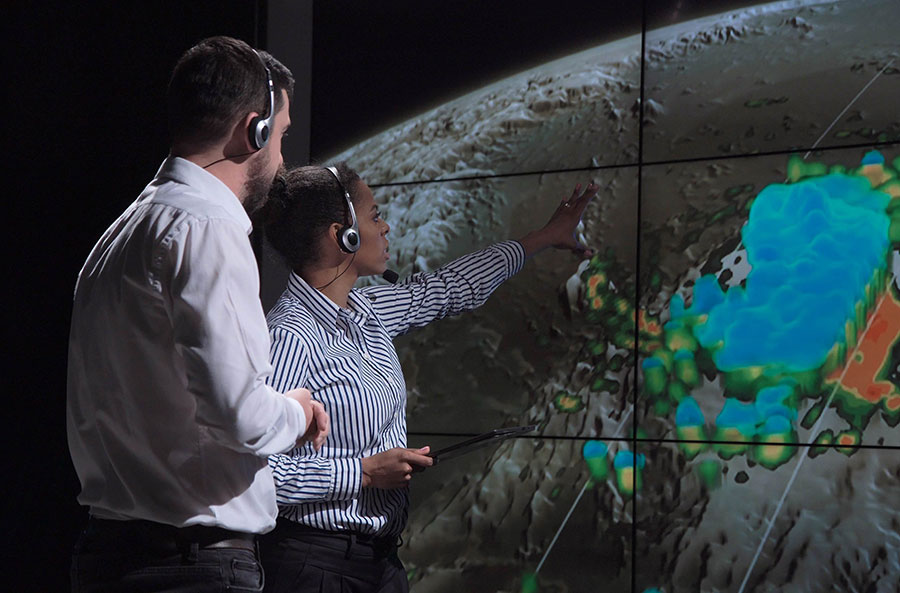Definition
Disaster science examines the influence of catastrophic events on natural and built environments in an interdisciplinary context that maintains that “disasters” occur only in populated areas (OMICS International, 2018). It involves the characterization of risk based on a fundamental understanding of natural hazards, as well as an appreciation of causes of vulnerability and exposure, and ways to reduce disaster risks (University College London [UCL], 2018). Disaster science aims to increase human capacity to prepare for, respond to, and recover from disasters at individual, family, and community levels.
Subdisciplines
The interdisciplinary nature of disaster science spans the natural, social, and applied sciences; it incorporates engineering (for example, civil, mechanical, and nuclear engineering) as well as a variety of other fields, including: medicine/public health, public administration, and planning.
In Practice
Disaster science is carried out by:
- Examining a disaster’s influence on the environmental, social, cultural, political, and economic dimensions of human settlement.
- Developing interventions that advance pre-disaster preparedness, respond to disaster emergencies, aid in post-disaster reconstruction and recovery, and facilitate mitigation within the public, private, and nonprofit sectors.
- Informing decision-making, including for policies, plans, and other regulations.
- Promoting communication and cooperation at local, national, and global levels (LSU, 2018).
- Modeling and using statistical methods to quantify aspects of disasters like risk and exposure (UCL, 2018).
References
Louisiana State University. (2018). Disaster Science & Management. Retrieved August 30, 2018, from https://sites01.lsu.edu/wp/dsm/
OMICS International. (2018). Disaster Science. Retrieved August 30, 2018, from https://www.omicsonline.org/scholarly/disaster-science-journals-articles-ppts-list.php
University College London. (2019). Risk and Disaster Science MSc. Retrieved 18 March 18, 2019, from https://www.ucl.ac.uk/prospective-students/graduate/taught-degrees/risk-disaster-science-msc


